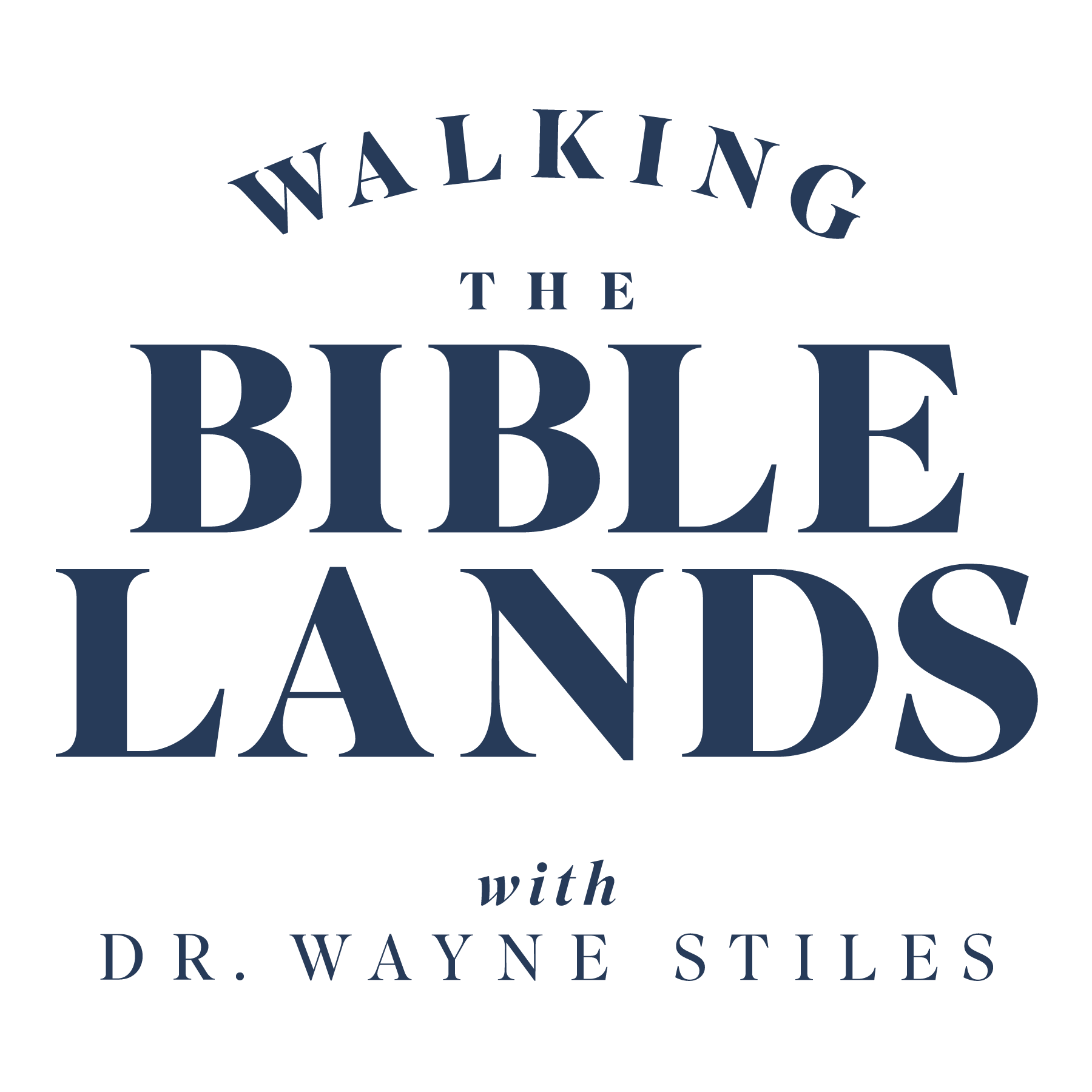
Several peaks in northern Israel elevate the experience of all who see them. Exalted in beauty as well as in altitude, they offer panoramas both unique and enlightening.
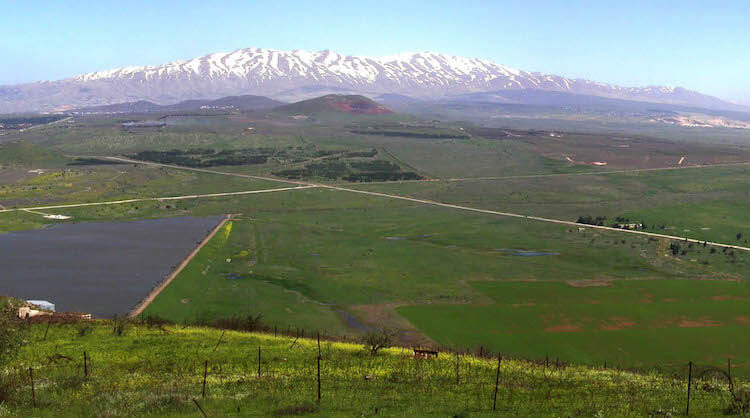
(Photo: Mount Hermon towers in the Golan Heights. Courtesy of the Pictorial Library of Bible Lands)
The high ground in history has always proven the most sought-for, whether people have used the hills for worship or simply for military advantage.
Several summits in the Golan Heights offer beautiful panoramas and echoes of events in history that have proven significant—both in ancient and modern Israel.
Mount Hermon and Jesus’ High Point
Of all the peaks in the Golan Heights the most famous is also the highest in elevation. On a clear day, the snowcapped peaks of Mount Hermon can be seen for miles. Its sheer beauty has inspired the worship of both the godly and the pagan, with more than 20 temples of antiquity in the area.
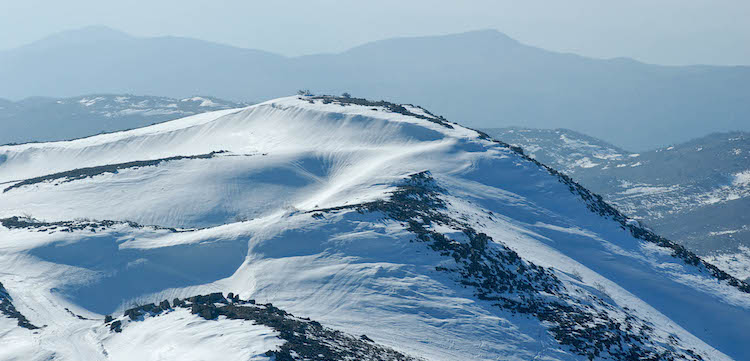
(Photo: Mount Hermon with snow. Courtesy of the Pictorial Library of Bible Lands)
- The highest peak in Israel—at almost 7300 feet—Hermon offers the country’s only snow ski resort.
- Hermon also has an off-road cycling park, a cable car, numerous Druze villages with black coffee, and picturesque views year-round.
The Scriptures picture Hermon as a metaphor of majesty, blessing, and beauty (Psalm 89:12; 133:3; Song of Solomon 4:8). With Caesarea Philippi at its base, Mount Hermon is likely the “high mountain” on which Jesus experienced His Transfiguration (Matthew 16:13; 17:1).
Mount Bental and the Valley of Tears
Providing one of the most picturesque views in Israel, the dormant volcano of Mount Bental offers an unrestricted view of Mount Hermon, the surrounding Golan Heights, and the mountains of Southern Lebanon.
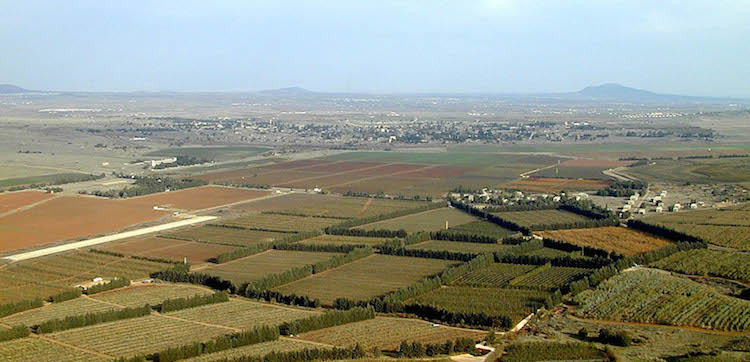
(Photo: Panorama from Mount Bental. Courtesy of the Pictorial Library of Bible Lands)
- The strategic lookout proved its worth in the 1973 Yom Kippur war when a badly outnumbered Israeli army defeated the Syrian army in the one of the largest tank battles in history.
- Because of the heavy losses the ground between Mount Bental and Mount Hermon became known as the “Valley of Tears.”
The visitors’ center atop Mount Bental offers an educational experience by means of an automated information system in the network of IDF bunkers and remaining trenches. Humorous scrap-iron sculptures bring a smile to visitors’ faces.
Quneitra Overlook and a Demilitarized Zone
The view from the vantage at the Quneitra Overlook allows visitors to see the border between Israel and Syria as well as a beautiful view of Mount Hermon.
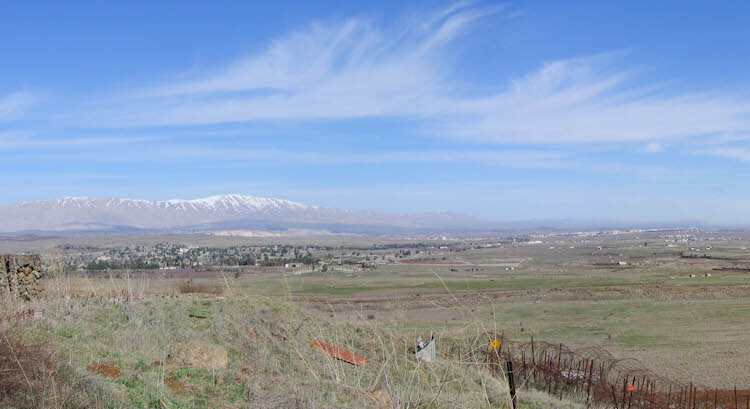
(Photo: Quneitra panorama with Mount Hermon. Courtesy of the Pictorial Library of Bible Lands)
- At one time, Quneitra represented the largest Syrian city in the Golan and was home to the Syrian army. Since the Yom Kippur War of 1973, the border between Israel and Syria has remained relatively calm.
- In the demilitarized zone between the two nations, visitors can clearly see the United Nations camp.
Standing at the Quneitra Overlook allows one to imagine the determination Saul of Tarsus maintained in order to arrest Christians in Damascus, forty miles to the north (Acts 22:5-6).
Tell me what you think: What is your favorite mountain in the Golan Heights? To leave a comment, just click here.
You’ll find these sites and more in a book I wrote for the Israel Ministry of Tourism, 100 Off-The-Beaten-Path Sites. You can download a free copy.
Click here to leave a comment.
-1.png?width=5230&height=1198&name=unnamed%20(4)-1.png)

.jpg?width=350&name=Wayne-books-350wide%20(1).jpg)



